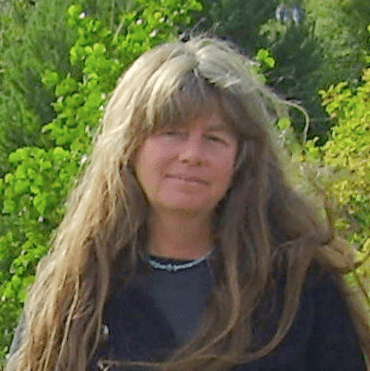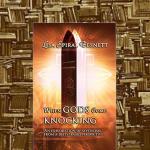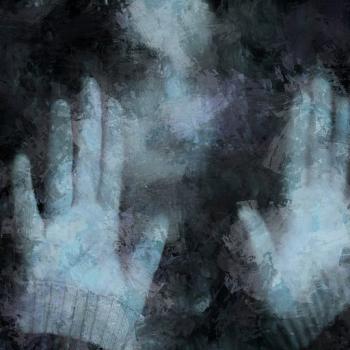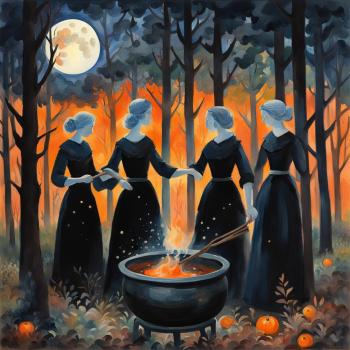We all know that horse goddesses are sovereignty goddesses, right? And that sovereignty is an important concept in Celtic belief. It’s said so often that newcomers probably feel like they just have to swallow the idea whole without asking questions. Here are a few answers, some fairly standard, and others which are more my opinion, based of years of reading myth and history, and living in relationship with the horse goddesses.
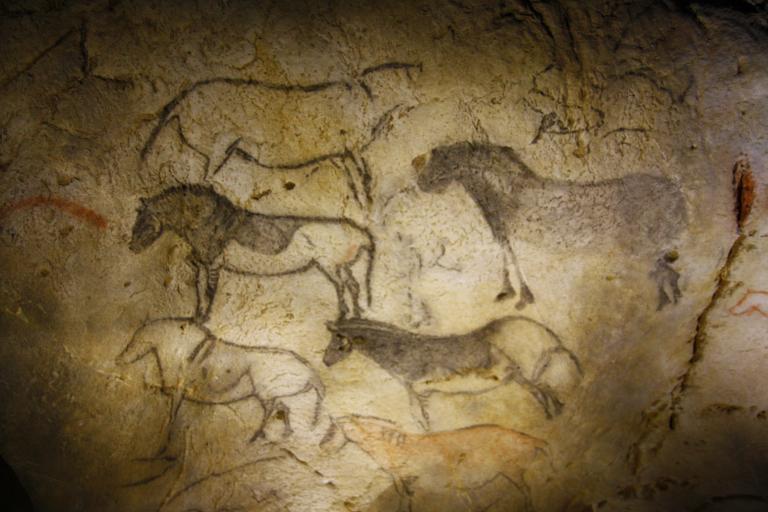
Sovereignty is the right of an entity to control its own destiny and make its own decisions. That entity might be a country. National sovereignty is a country’s right to make its own rules without outside interference. Ideas about who holds that right, the people, the government, or a monarch, vary. When it is a monarch, theoretically or symbolically the power of that nation, and over that nation, resides in them. There is also personal sovereignty, or the right of an individual to determine their own course of action, not to have their body messed with against their will, and so on.
Why do we think that horse goddesses and sovereignty are connected? The idea of sovereignty over territory residing in a woman, who then confers it on a ruler, is laid out in some Irish myths. The most obvious of these is when Conn of the Hundred Battles is brought to a hall and shown Lugh and a woman called The Sovereignty of Ireland seated on thrones. The woman offers him a cup of red ale from a vat, as well as food, and the names of the kings who will come after him, are recited.
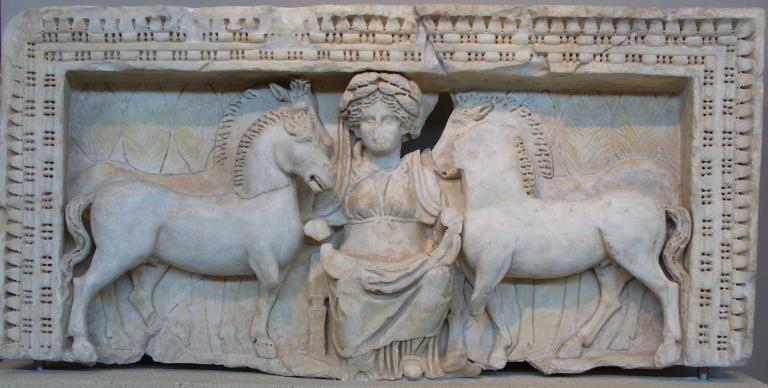
Another strand of sovereignty lore includes stories like The Loathly Lady or Lady Ragnell, in which a knight or king must marry a hideous hag who then turns into a beautiful woman and becomes his queen. In the Lady Ragnell stories, it is stated outright that what a woman most desires is sovereignty over herself, as if this is the whole point of the tale.
It is from stories like this that we gain clues that the tale of Rhiannon, or of Macha the wife of Cruinniuc, both of which have strong associations with horses, are also sovereignty stories. And it is interesting that both goddesses have difficulty maintaining their personal sovereignty. Another clue is an account given by Gerald of Wales in his 12th century propaganda piece The Topography of Ireland. The book itself is little more than a hatchet job on the Irish as ignorant savages who live on some wild real estate with good potential for redevelopment. However, it contains a description of the coronation of an Irish king which emphasises the importance of the horse in the concept of sovereignty.
“When the whole people of that land has been gathered together in one place, a white mare is brought forward into the middle of the assembly. He who is to be inaugurated, not as a chief, but as an outlaw, has bestial intercourse with her before all, professing himself to be a beast also. The mare is then killed immediately, cut up in pieces, and boiled in water. A bath is prepared for the man afterwards in the same water. He sits in the bath surrounded by all his people, and all, he and they, eat of the meat of the mare which is brought to them. He quaffs and drinks of the broth in which he is bathed, not in any cup, or using his hand, but just dipping his mouth into it round about him. When this unrighteous rite has been carried out, his kingship and dominion have been conferred.”
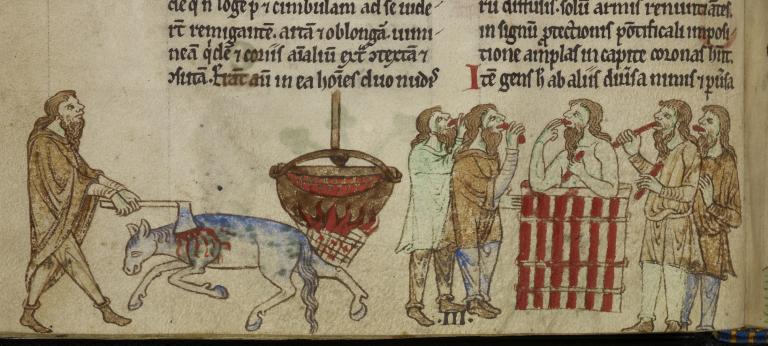
Gerald’s account is both judgemental and sensational in tone. It has been cast into doubt many times, and certainly may not be accurate, but it is also likely to contains a grain of truth. Not only are there stories like Rhiannon and Macha, there is an Indo-European parallel in the ancient Vedic asvamedha ritual, which involved the sacrifice of a sacred stallion, with which the queen simulated copulation before her husband was crowned king.
Rhiannon’s association with horses is obvious, as they crop up frequently in Her story, usually in important and magical ways. For example: when her child is stolen from her bed, it turns up at the home of Teyrnon who is waiting up at night for his mare to foal; and after she has been imprisoned in a magical house, she reports that she was made to wear an ass’s collar while she was there. Equally, it seems that she marries Pwyll in order to confirm his kingship.
In a story about Macha, she appears at Cruinniuc’s farm and simply begins to act as his wife, without explanation. We are told that her presence brings him prosperity, which is one of the key pieces of evidence of fitness to hold territory, and of right relationship with the land and the bringer of sovereignty. Cruinniuc may only hold a small piece of land, but the parallel is clear. Then we come to the centrepiece of the tale, when Macha is forced to race against the king’s horses while about to give birth to twins. This brings into focus the king’s disregard for the bringer of sovereignty, since he mistreats Macha in this way, and she puts a powerful curse on his kingdom as a result.
How did horses get into the sovereignty mix? There are certainly sovereignty tales which don’t involve horses, and sovereignty goddesses who are not associated with horses. Based on paleolithic art in Europe, we know that horses were held in high regard long before they were domesticated. They were an important food source, particularly on the steppes. Other prey animals also appear in art, so this doesn’t make the horse unique, but they feature very prominently. We can only guess at what kind of religious or magical ideas people at this time had about the animals they hunted and coexisted with, but it seems that they did have such ideas.
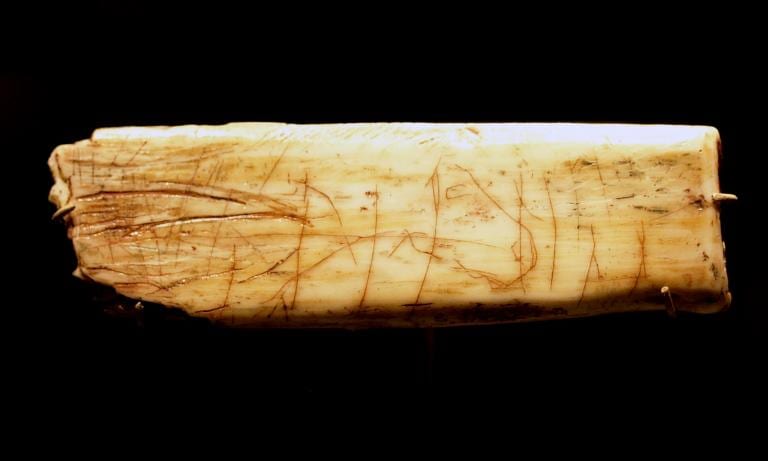
Horses continued to be wild and were hunted for meat for centuries after agriculture and the domestication of other livestock was underway. Perhaps this gave them a new special status in the minds of humans. Along with deer, they were the wild ones. When humans did get around to domesticating horses, at first it was for meat and milk, but when people figured out riding, and having horses pull things, it caused a complete cultural revolution, which must have once again given horses a special place in their minds and their religious ideas.
But how do we get from special to sovereignty? (Again, these are my own theories.) After the agrarian revolution, holding territory became much more important than it had been to hunter-gatherers, and this was exacerbated by the population explosion which followed in the wake of farming, because the need for territory kept increasing. The ridden horse was the perfect vehicle for checking boundaries, and probably for defining territory. Distances might be measured in “a day’s ride at midsummer” for example, or area as “grazing for a hundred horses”. Even now, in the Scottish Borders, we still see a yearly ritual riding of boundaries around long-established townships, which are accompanied by enormous ceremony and celebration.
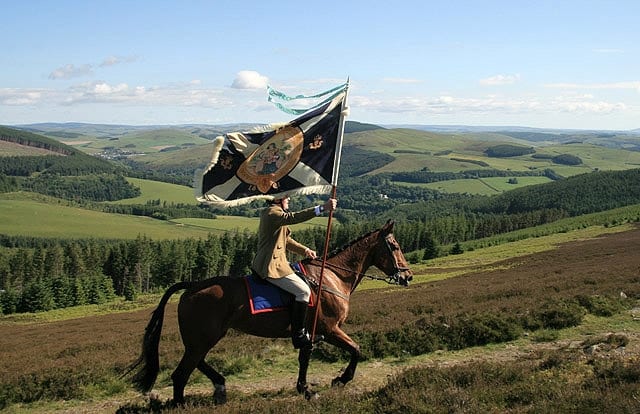
However, I suspect the specialness of the horse must have also played a part, since they had their own protector-goddesses, like Epona. If humans considered the horse a symbol of the wild, and perhaps of tribal identity, it’s easy to see how the pact made with the wild land, Mother Nature as it were, might be made with a horse goddess. The move to farming was gradual, but as each community undertook it, it must have seemed like breaking a taboo the first time they cut into the earth to plant grain. What religious or magical ideas accompanied this? I would guess that the need to explain why this kind of violation was now acceptable would have been part of it. Maybe the perception was that some female nature deity came to them and offered this new idea or at least condoned it. Maybe it was a form of marriage between the people, or their leader, and that deity. If certain communities already had a strong relationship with a horse goddess, then she would be a natural choice to confer these new rights.
What good is this knowledge to us now? There are two important strands for me. The first is that by being in a good relationship with these goddesses, I open myself to their help and support in strengthening the way I wear my personal sovereignty. Second, the most important message they have for us today, is that we must find ways to restore nature’s sovereignty. Our anthropocentric approach, our desire to own the earth, is a failed experiment. Like Lady Ragnell, nature just wants to be sovereign over herself. It’s time for us to let go of the damage we are doing, and let nature be wild again.
Further reading:
Macha, Sovereignty and Horses – Morgan Daimler http://www.academia.edu/24377398/Macha_Sovereignty_and_Horses
Archaeology and Celtic Myth – John Waddell – Four Courts Press 2014
Rhiannon: Divine Queen of the Celtic Britons – Jhenah Telynfru – Moon Books 2018
You can follow Kris at her blog Go Deeper and support her work on Patreon.


